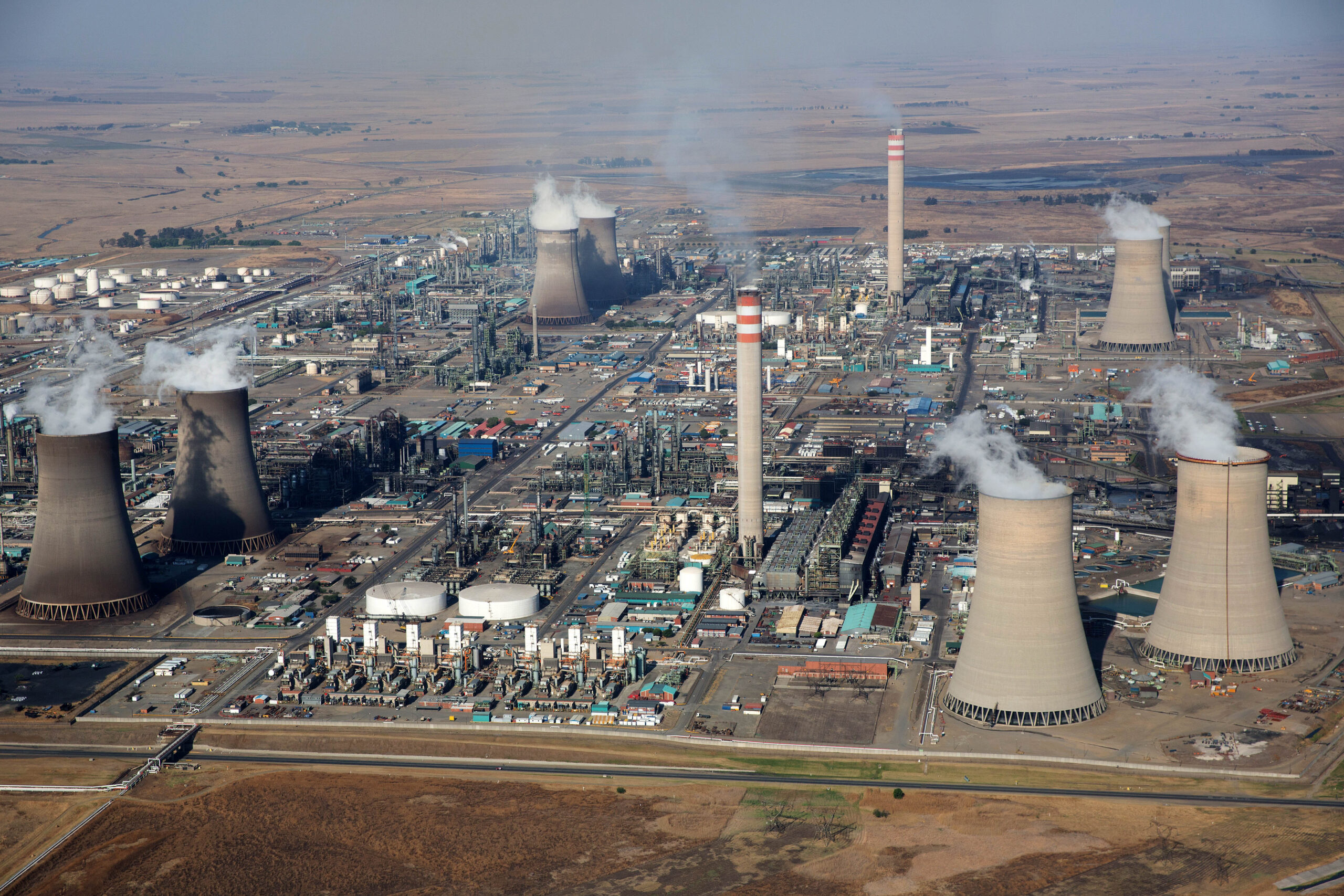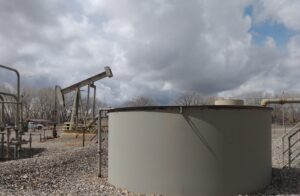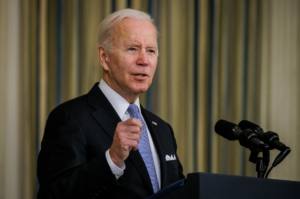Pennsylvania DEP releases new carbon cap and trade modeling

State environmental officials released new carbon cap and trade modeling this week as Pennsylvania’s scheduled entry into the Regional Greenhouse Gas Initiative draws nearer.
The Department of Environmental Protection provided the latest data to the Air Quality Technical Advisory Committee this week during the first of a handful of scheduled meetings with public advisory boards invested in the final regulations anticipated for adoption later this year.
Allen Landis, executive director of the DEP’s Pennsylvania Energy Development Authority, said Monday that key take-aways of the updated modeling shows consumer electricity prices will increase between 84 cents and $2.70 over the next decade as a result of RGGI participation.
The program’s impact on natural gas generation and the state’s power exports appears unaffected, Landis said, while total emissions reductions will range between 100 million and 225 million metric tons through 2030 – a “significant” cut that will boost public health outcomes, he said.
All of these projections, Landis clarified, are based on no changes to state or federal policy in the next decade – a variable he finds unlikely, given lawmakers’ increasing focus on addressing climate change.
RGGI, an 11-state coalition, requires power producers to buy emissions credits through an annual auction designed to reduce pollution throughout the region. The proceeds will be reinvested into programs that support cleaner air and water and energy efficiency, though Landis said the department envisions a separate and parallel “discussion” of how best to spend that projected $300 million revenue in Pennsylvania.
DEP said the annual carbon dioxide allowance budget in the 2022 RGGI auction – the first in which Pennsylvania could participate – will total 78 million metric tons. By 2030, this allowance will shrink 25% to 58 million metric tons.
The effect will reduce the amount of emissions from carbon dioxide, sulfur dioxide and nitrogen oxide while lowering rates of childhood asthma, respiratory disease, premature deaths, lost work days and health care costs, Landis said.
Some members of the Air Quality Technical Advisory Committee questioned whether the “significant” level of lowered emissions amounted to much in the face of anticipated pollution “leakage” from non-RGGI states, like Ohio and West Virginia. Landis countered that the observed health benefits alone make participation worthwhile.
Senate Environmental Resources and Energy Committee Chairman Sen. Gene Yaw, R-Williamsport, said Tuesday the “significant” reductions touted by the department amount to a 0.0089% reduction in emissions over the next decade.
“The CO2 reductions they are talking about are a joke,” he said. “The reduction under RGGI versus non-RGGI is less than a tenth of a percentage point. That’s why I’ve repeatedly said RGGI is such a joke.”
Yaw first challenged the RGGI modeling in a letter to DEP Secretary Patrick McDonnell in November that questioned the impartiality of ICF International, the Virginia-based consulting firm hired by the state to perform the RGGI analysis and the 2021 Climate Impacts Assessment.
In the letter, Yaw questioned why ICF appeared as a signatory on several letters that encouraged both the Citizens Advisory Council and the Environmental Quality Board to support RGGI, as well as on letters to lawmakers denouncing a bill that would have required the General Assembly’s blessing to join the program before regulators could move forward.
ICF denied all knowledge of the letters and said it never gave permission to be listed as a signatory. Yaw said Tuesday the DEP never responded to his inquiry into the matter.
The Center Square reached out to the DEP on Thursday to confirm ICF’s involvement in the modeling and its response to Yaw’s letter, but did not receive an immediate response.
Yaw’s comments reflect ongoing skepticism among legislative Republicans, and some Democrats, about the impact of RGGI on the state’s energy industry.
Although DEP claims RGGI could help create up to 27,000 new jobs in the clean energy sector, lawmakers worry the program will shutter fossil fuel plants prematurely. About 24,000 residents are directly work for natural gas companies, according to state labor data, and some advocates estimate indirect employment from the industry exceeds 300,000.
“It [RGGI] does nothing but cost people actual jobs now and you know this whole thing about new jobs – well OK, when?” Yaw said. “Five years? Ten years? It takes these jobs away from people right now and does nothing for the environment.”
This article was originally posted on Pennsylvania DEP releases new carbon cap and trade modeling






